Web Based Training
Using IBM InfoSphere Optim Solutions for Distributed Platforms - SPVC - 2T225G
This course will teach you how to utilize the IBM InfoSphere Optim Solutions - Test Data Management, Data Privacy, and Data Growth for Archiving - for Distributed Platforms. You will learn how to create "right-sized" test data environments with the Test Data Management Solution; how to privatize confidential data with the Data Privacy Solution; and how to archive retired data with the Data Growth Solution.

Beschreibung
This course focuses on the technical aspects of the Optim Solutions and is intended for technical audiences. You learn the basics of how the Solutions work through hands on exercises illustrating how the technology applies to business scenarios.
This course does not include information on how to install and configure the Optim technology.
If you are enrolling in a Self Paced Virtual Classroom or Web Based Training course, before you enroll, please review the Self-Paced Virtual Classes and Web-Based Training Classes on our Terms and Conditions page, as well as the system requirements, to ensure that your system meets the minimum requirements for this course. http://www.ibm.com/training/terms
Introduction to IBM InfoSphere Optim Solutions
Optim Directory and Common Elements
Optim Designer and the Embedded Manager Overview
Access Definitions and Table Specifications
Introduction to Test Data Management
The Extract Process
Basic Masking Techniques
Validating Changes (Compare)
Creating Database Objects
Populating Destination Tables
Editing and Browsing Test Data
Special Privacy Functions
The Archive Process
The Delete Process
The Create Utility
The Insert Process
The Restore Process
More Archive Functions
Archive File Collections and Open Data Manager
Optim Primary Keys and Optim Relationships
Relationship Traversal Concepts
The Command Line Interface
Optim Utilities
Optim Security
Optim Implementation Best Practices
Ziel
Describe the available IBM InfoSphere Optim Solutions and how they fit into Enterprise Data Management
Describe the IBM InfoSphere Optim architecture components
Describe the function and contents of the Optim Directory
Use the Optim Designer to build Optim services
Use the embedded Optim Manager to run and manage Optim services
Describe and utilize the components of an access definition
Describe the process for generating and masking test data
Generate, perform, and validate an extract process
Utilize column maps and table maps
Perform a convert process to mask data
Perform and interpret a compare process
Create database objects using embedded object definitions
Populate destination tables using insert and load processes
Edit and browse test data
Utilize data privacy functions to privatize data
Design, construct, and execute an archive process
Use control files to check archive error conditions
Design and execute delete processes
Use the create utility with insert, restore, and load processes
Perform a selective and a full restore process
Utilize archive actions
Maintain archive indexes
Utilize archive file collections and open data manager (ODM)
Create and utilize Optim primary keys and relationships
Explain relationship traversal concepts
Execute processes from the command line interface
Retry and restart processes
Execute the export and import Directory processes
Describe functional, object, and file access security
List Optim implementation best practices
Anforderungen an die Teilnehmer
You should have:
Working knowledge of Windows
Basic understanding of relational databases
Ability to construct basic SQL statements.
Teilnehmer
This is a basic usage course for application developers, business analysts, database administrators, and technical personnel that are involved in implementing IBM InfoSphere Optim Solutions.






